In a momentous occasion heralding the revival of cultural heritage, Kasımpaşa Mevlevihane, Istanbul’s historic third Mevlevi lodge, to reopen its doors to the public. This significant event marks a reawakening of centuries-old traditions and the preservation of Sufi culture within the heart of the city.
The lodge, which has been nurturing individuals for three centuries in the Ottoman civilization since its establishment, is once again being reopened under the auspices of the Human and Irfan Fund to foster distinguished individuals who will contribute to the construction of the civilization through the unity of Sufism, education and art.
Established in the 1620s through the efforts of Fırıncızade Şeyh Sırrı Abdi Dede, Kasımpaşa Mevlevihane is the third Mevlevihane to be opened in Istanbul after those in Galata and Yenikapı. Undergoing comprehensive renovations for the first time in 1731, Kasımpaşa Mevlevihane was rebuilt under the patronage of Sultan Selim III in 1796 and again in 1835 under Sultan Mahmud II. For 300 years from its establishment until the closure of tekkes in 1925, it has been instrumental in nurturing individuals for the Ottoman civilization.
The architecture of Kasımpaşa Mevlevihanesi reflects traditional Ottoman design, featuring a central courtyard surrounded by rooms for prayer, meditation, and communal gatherings. The main hall, or semahane, is where the mesmerizing sema ceremonies took place. These ceremonies were not merely performances but profound spiritual rituals aimed at attaining a state of divine union and transcendence.
Throughout its history, Kasımpaşa Mevlevihanesi played a vital role in the spiritual and cultural life of Istanbul. It served as a center for religious education, artistic expression, and philosophical discourse. The teachings of Sufi mystic Mevlana Jalaluddin Rumi, emphasizing love, tolerance, and spiritual enlightenment, resonated deeply with many people, drawing them to the Mevlevi order and its tekkes.
Evliya Çelebi’s dream
The renowned 17th-century Turkish traveler Evliya Çelebi, with one foot in Kasımpaşa Mevlevihane and the other traversing three continents like a compass, had the dream he received, where Prophet Muhammad graced and blessed, interpreted by Sheikh Abdullah Dede of Kasımpaşa Mevlevihane before he wrote his famous “Seyahatname” (“Book of Travels”). In the Kasımpaşa Mevlevihane, described by writer Hüseyin Vassaf as “a golden cage,” many prominent figures such as Müneccimbaşı Ahmed Dede, Enis Receb Dede, Salih Dede, Ahmed Avni Konuk, Tahirü’l-Mevlevî, Santuri Edhem Efendi, Rauf Yekta Bey, and others have left their mark.
Abandoned and left desolate since 1925, and completely burnt down in 1976, Kasımpaşa Mevlevihane rises from its ashes today under the auspices of the Human and Irfan Fund. It is once again dedicated to nurturing humans who will contribute to the unity of Sufism, education and art, just as it did in the past.
Whirling ceremony
In an era where Sufism has been misrepresented, Kasımpaşa Mevlevihane, which will be an exemplary center where practices are carried out in line with its essence and spirit, aligning perfectly with the discipline of Sufi education, will host Whirling Dervish ceremonies organized by the Sufi and Knowledge Society as part of Türkiye’s most comprehensive festival, Türkiye’s Culture Route Festival, initiated by the Ministry of Culture and Tourism.

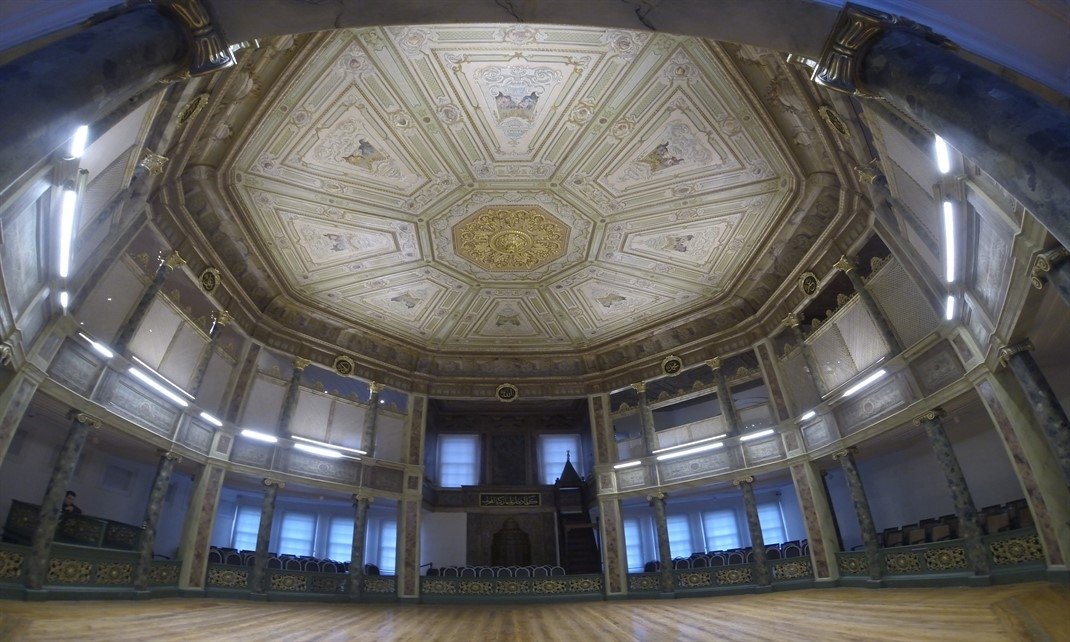
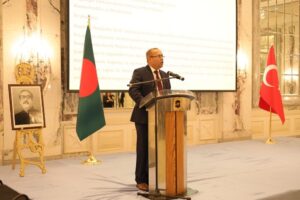
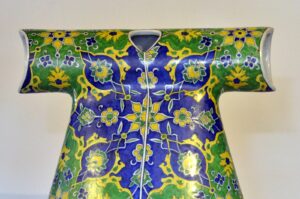
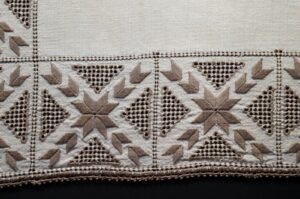
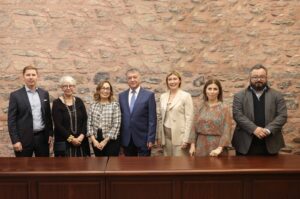
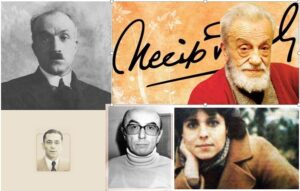
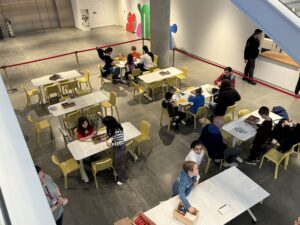


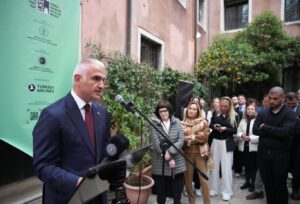

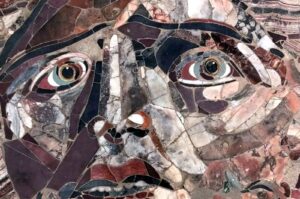
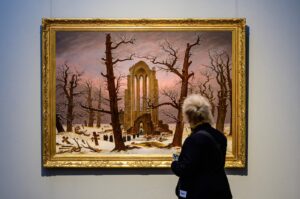

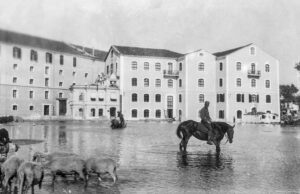
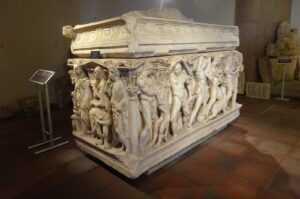
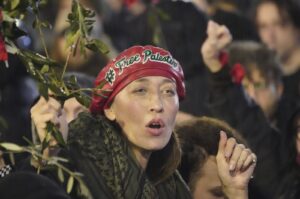

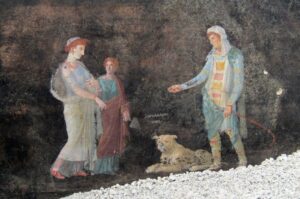
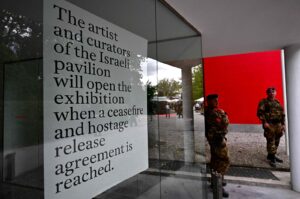



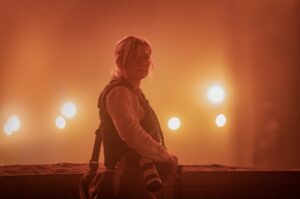
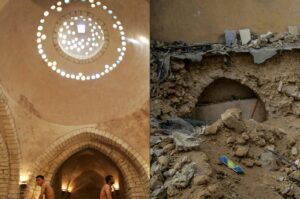

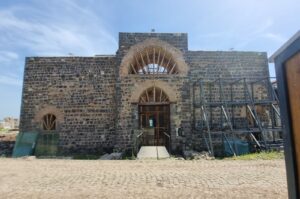

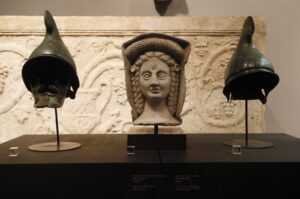
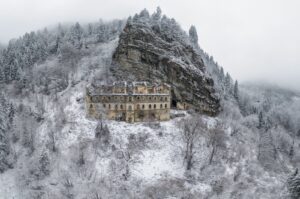
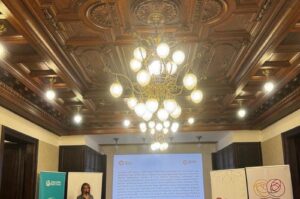
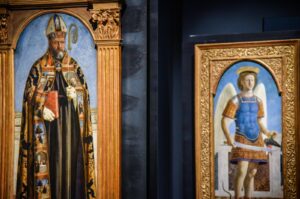
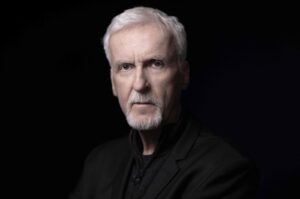
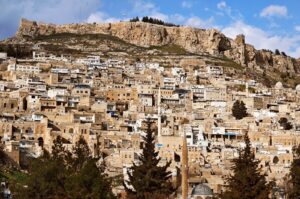

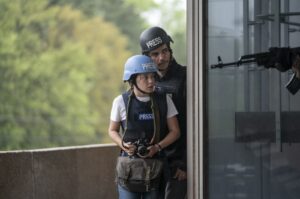
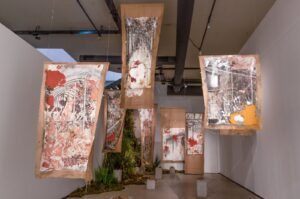
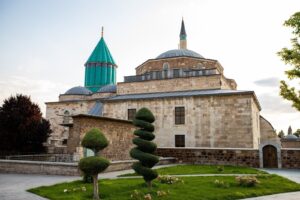

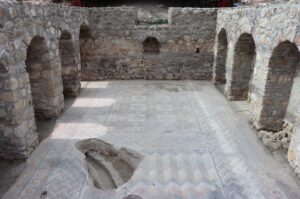

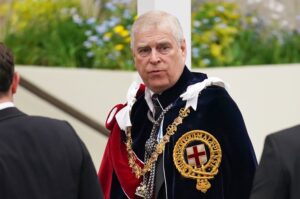
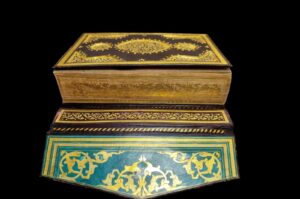




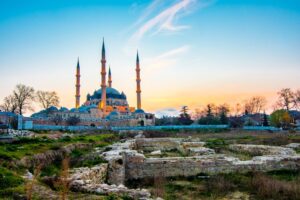



Be First to Comment